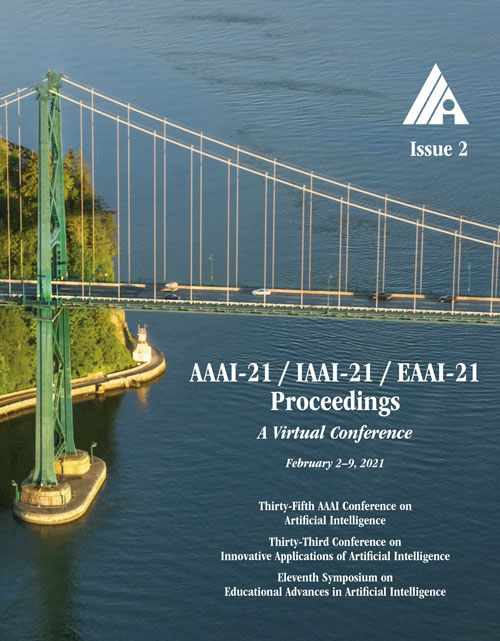Cascade Network with Guided Loss and Hybrid Attention for Finding Good Correspondences
DOI:
https://doi.org/10.1609/aaai.v35i2.16198Keywords:
3D Computer VisionAbstract
Finding good correspondences is a critical prerequisite in many feature based tasks. Given a putative correspondence set of an image pair, we propose a neural network which finds correct correspondences by a binary-class classifier and estimates relative pose through classified correspondences. First, we analyze that due to the imbalance in the number of correct and wrong correspondences, the loss function has a great impact on the classification results. Thus, we propose a new Guided Loss that can directly use evaluation criterion (Fn-measure) as guidance to dynamically adjust the objective function during training. We theoretically prove that the perfect negative correlation between the Guided Loss and Fn-measure, so that the network is always trained towards the direction of increasing Fn-measure to maximize it. We then propose a hybrid attention block to extract feature, which integrates the Bayesian attentive context normalization (BACN) and channel-wise attention (CA). BACN can mine the prior information to better exploit global context and CA can capture complex channel context to enhance the channel awareness of the network. Finally, based on our Guided Loss and hybrid attention block, a cascade network is designed to gradually optimize the result for more superior performance. Experiments have shown that our network achieves the state-of-the-art performance on benchmark datasets. Our code will be available in https://github.com/wenbingtao/GLHA.Downloads
Published
2021-05-18
How to Cite
Chen, Z., Yang, F., & Tao, W. (2021). Cascade Network with Guided Loss and Hybrid Attention for Finding Good Correspondences. Proceedings of the AAAI Conference on Artificial Intelligence, 35(2), 1123-1131. https://doi.org/10.1609/aaai.v35i2.16198
Issue
Section
AAAI Technical Track on Computer Vision I

